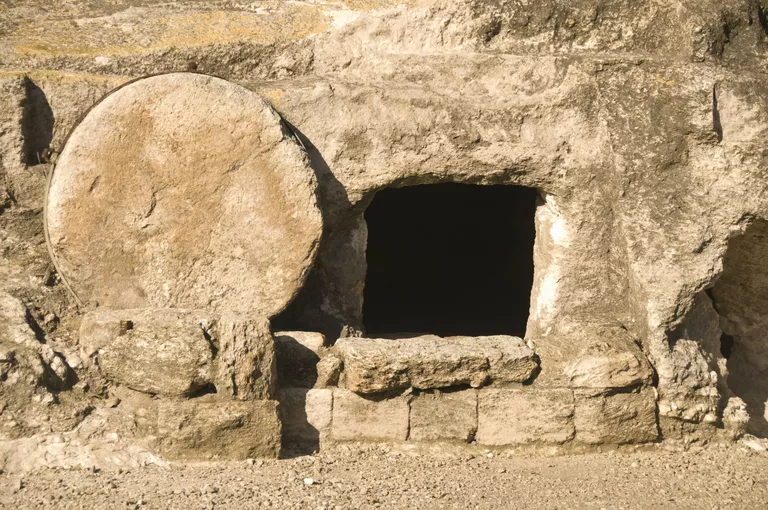CLICK HERE FOR THE FULL BOOK WITH CHAPTER LINKS
BACKGROUND NOTE (Wikipedia) - Albert Henry Ross (1 January 1881 – 14 September 1950[1]), (pseudonym Frank Morison), was an English advertising agent and freelance writer known for writing the Christian apologetics book Who Moved the Stone? and And Pilate Said.....He is best known today for writing the book Who Moved the Stone?[19] It was first published in 1930 in England by Faber & Faber and has been repeatedly reprinted (in 1944, 1955, 1958, 1962, 1977, 1981, 1983, 1987, 1996 and 2006)[20] as well as translated into several languages.[21] The book analyses biblical texts about the events related to the crucifixion and resurrection of Jesus of Nazareth. Ross was skeptical regarding the resurrection of Jesus, and set out to analyse the sources and to write a short paper entitled Jesus – the Last Phase[19] to demonstrate the apparent myth.[22] However, in compiling his notes, he came to be convinced of the truth of the resurrection, and set out his reasoning in the book. T. S. Eliot, a literary consultant and an editorial board member at Faber & Faber publishers, read the manuscript when it was submitted for publication. Eliot was enthusiastic about the text and recommended that Faber & Faber publish the book.[23] The book was released in time for Lent in 1930 and Eliot passed complimentary copies for review to authors such as G. K. Chesterton.[24] In Chesterton's review, he remarked that he picked the book up "under the impression that it was a detective story" and found that the case for the resurrection was "treated in such a logical and even legal manner."[25]
Many people have become Christian after reading the book, and writers including John Warwick Montgomery and Josh McDowell, (ED: SEE CHAPTER 7 "WHO WOULD DIE FOR A LIE? IN JOSH MCDOWELL'S "MORE THAT A CARPENTER") have used his book in their own discussions on the resurrection.[26] Dorothy L. Sayers stated that she relied on Morison's discussion of the trial of Jesus while writing her play The Man Born To Be King.[27] (ED: SEE ONLINE COPY OF THIS WORK) (Sayers had been Ross's colleague while she worked as an advertising copywriter at S. H. Benson in London from 1922 to 1931.)[28]
After the release of Who Moved the Stone, the editor of the London newspaper The Sphere invited Ross to contribute articles to a religious column that were published from 1930 to 1934.[29]
Related Resource: Trial & Crucifixion of Jesus-Parallel Passages
chapter
28
verse
2
